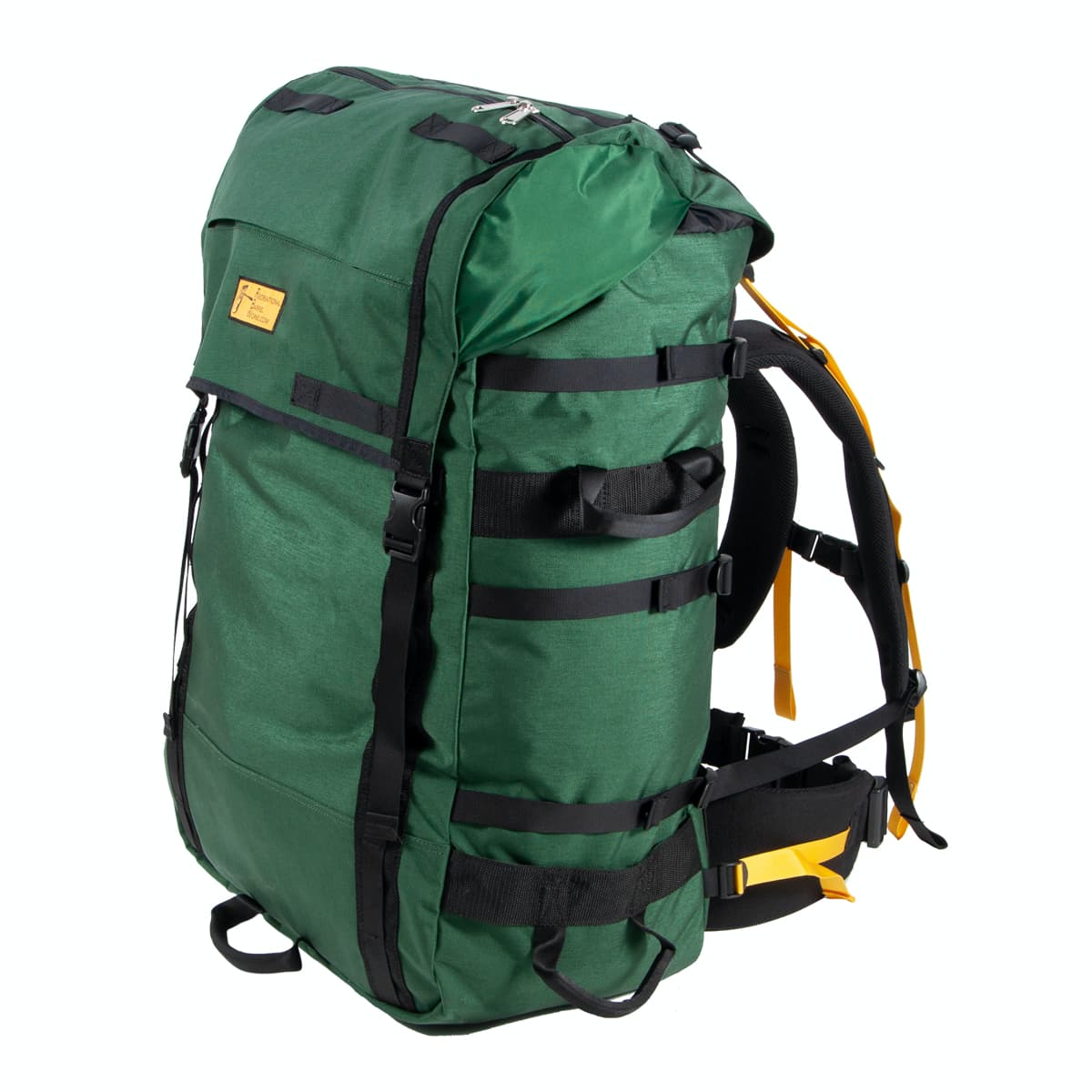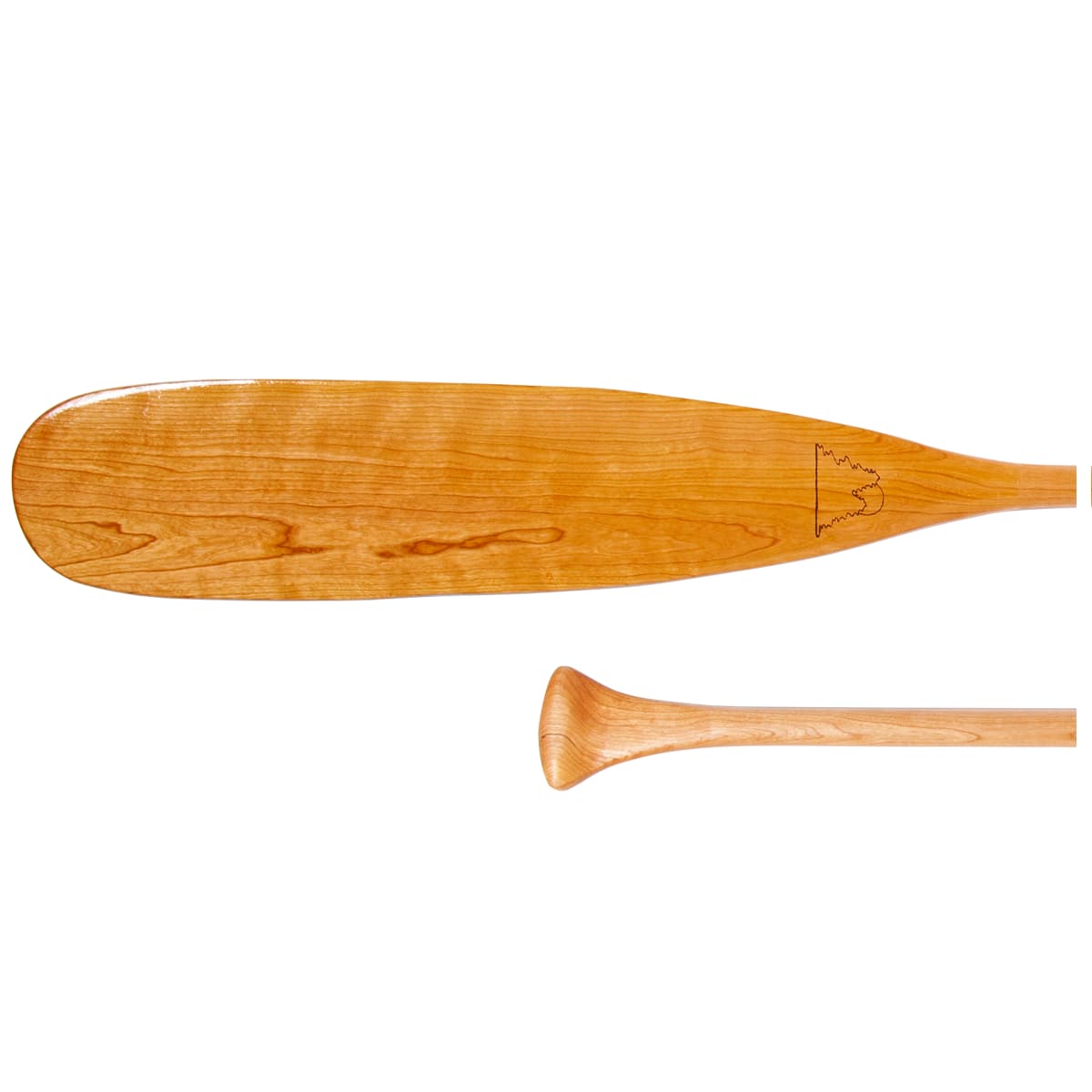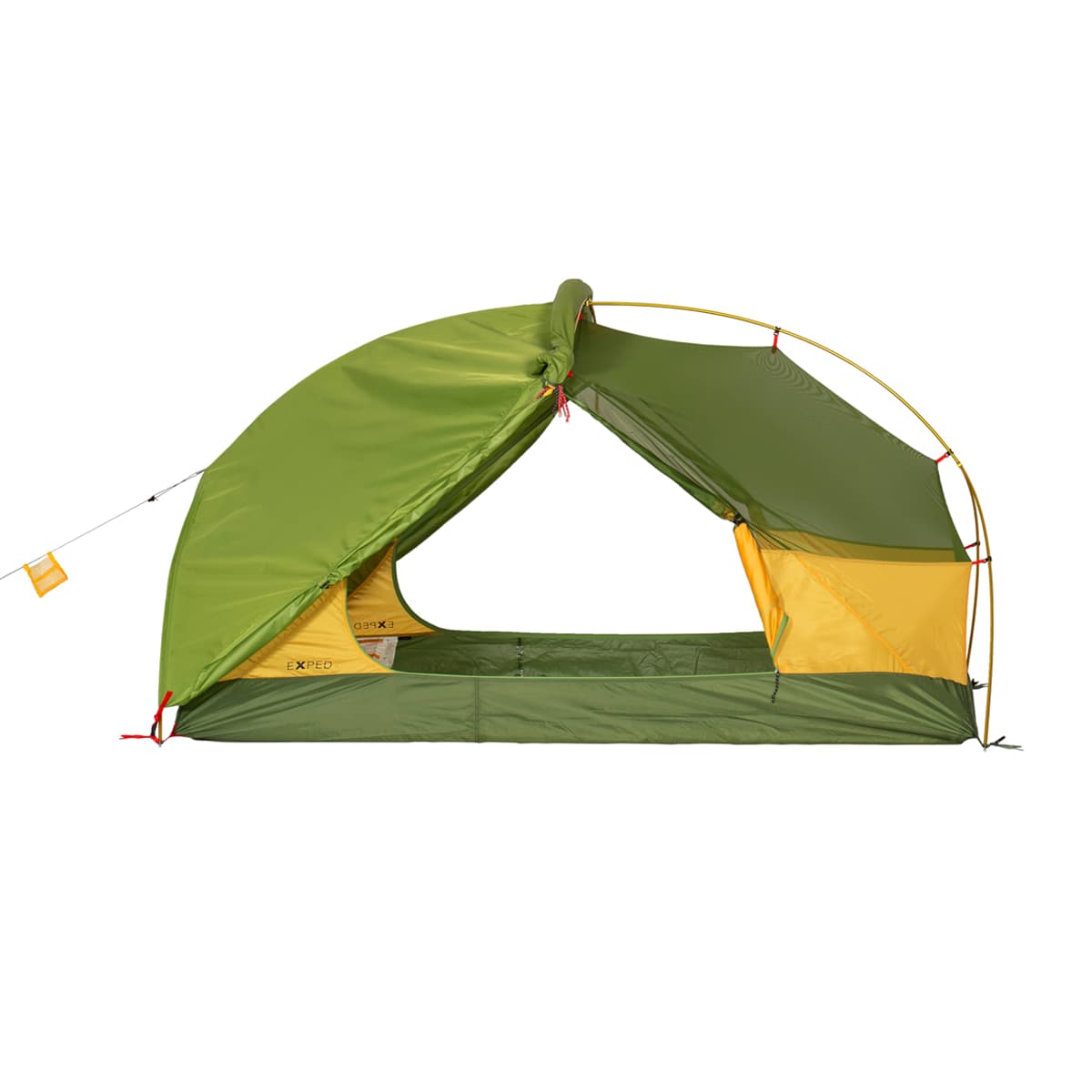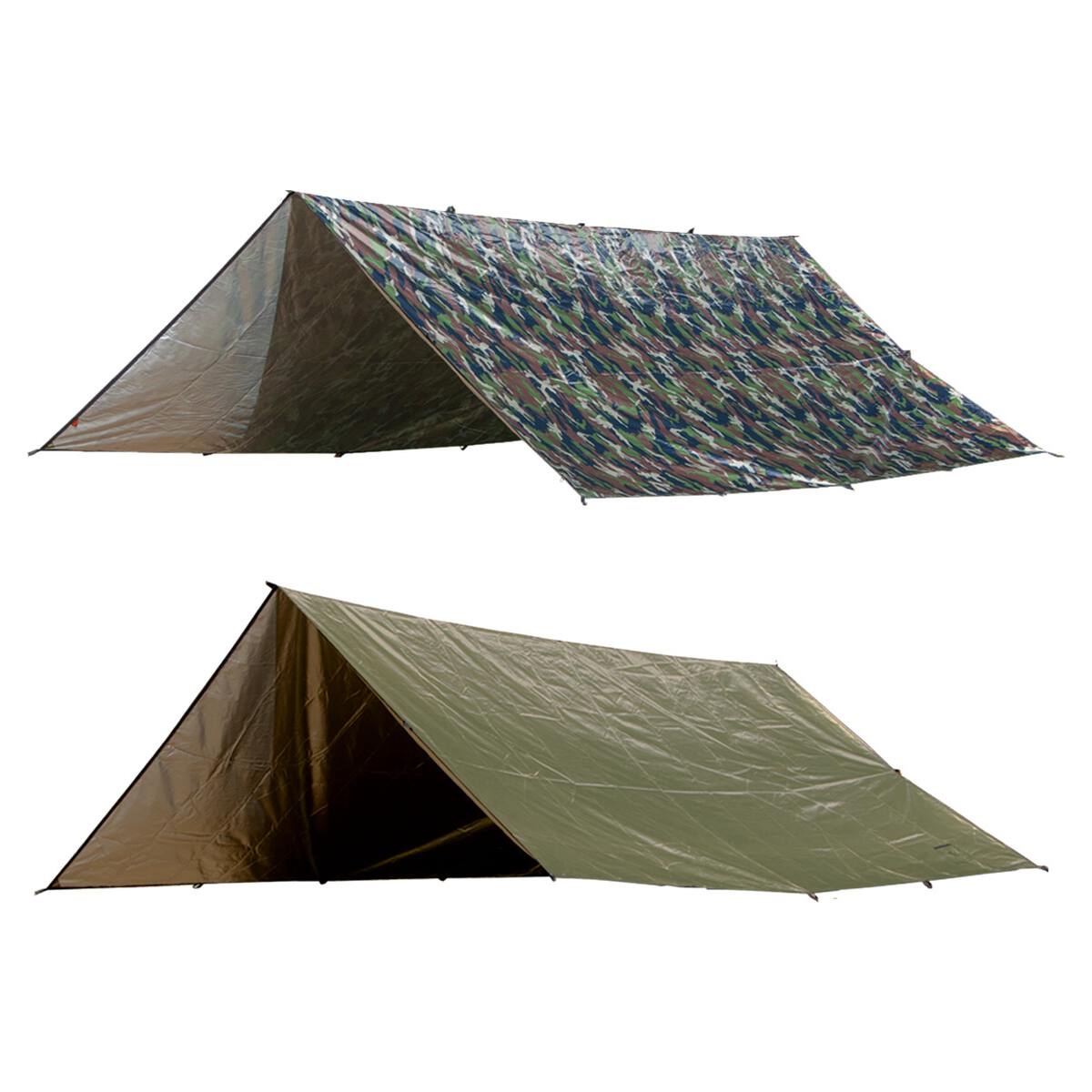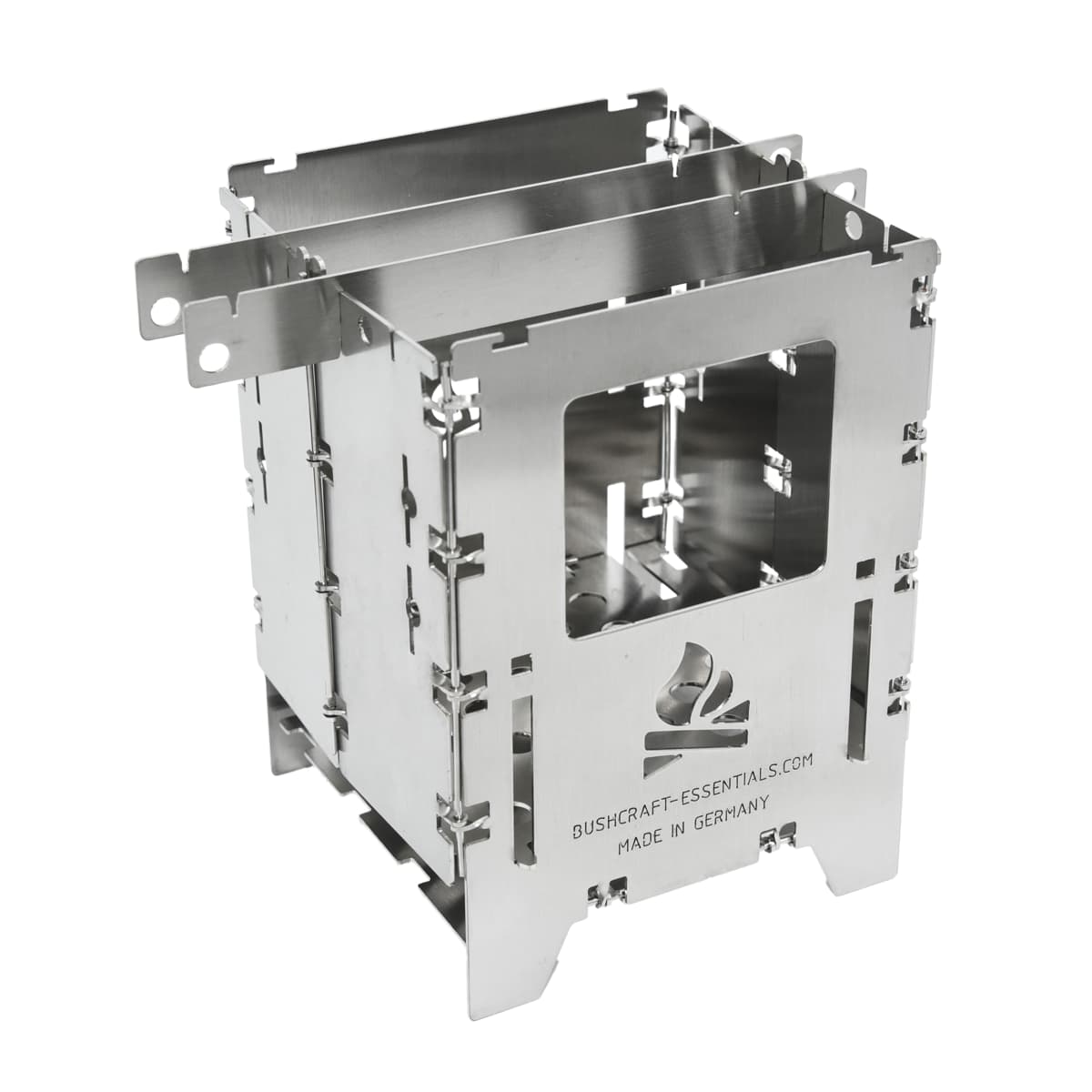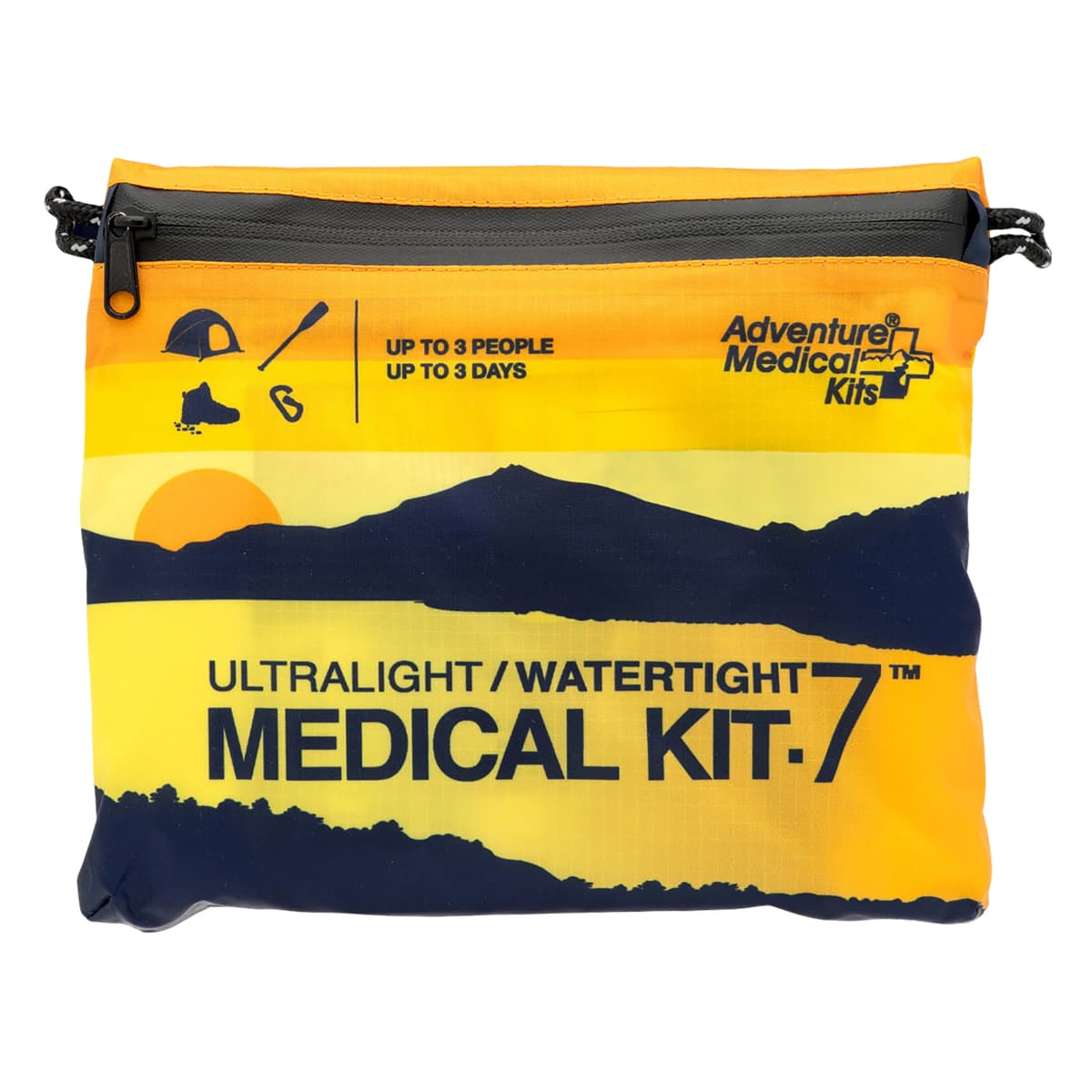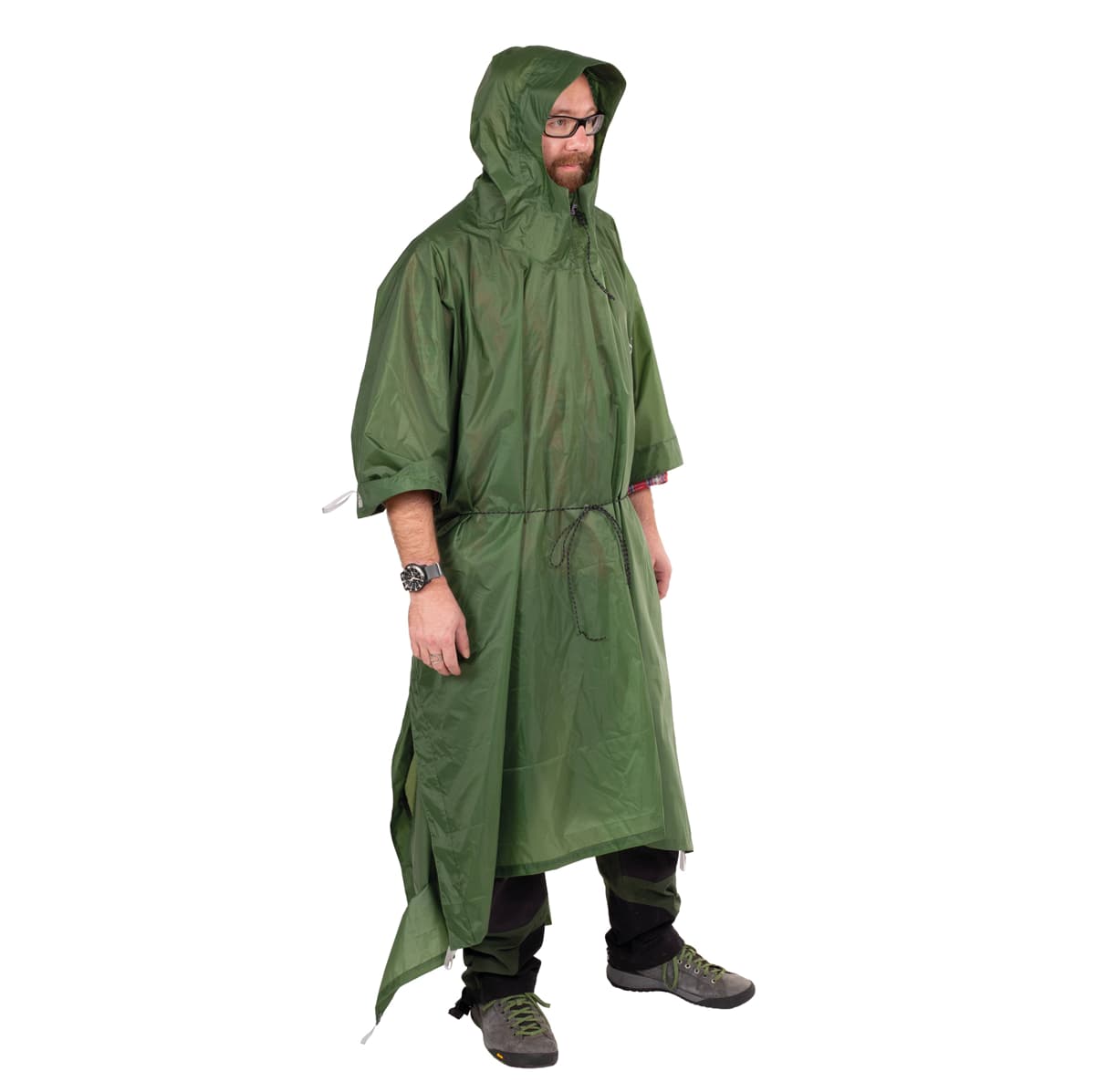Backcountry Canoe Trip Planning & Checklists
Prepping for a backcountry camping trip: making a list and checking it thrice

Preparing for a camping trip, and especially a backcountry canoe trip, requires careful planning.
Forget to bring your sleeping mat and pack in coffee? The peaceful sound of spring peepers won’t ring quite as idyllic when lying on the cold, hard floor of your tent, and that rough night’s sleep won’t get a much needed reprieve with a good, hot, caffeinated beverage in the morning. While workarounds and bushcraft solutions (pine needle tea anyone?) can certainly help in those situations, far better is to make sure you have everything you’ll need at the outset, before you end up on your campsite. This becomes especially prescient when taking novices, or especially kids out for the first time: this is a sacred trust, as their experience on that first trip will set the stage for their enjoyment and willingness to go out again - an initial bad camping experience can turn people off permanently, so for those facilitating it, it's crucial to ensure that your planning sets everyone up for success and having a good time - despite what mother nature may throw at you.
To this end, in addition to route planning and booking of campsites (this post assumes this has been taken care of, and that distances and timelines for the participants and their skill levels have been taken into account and considered before booking) a series of checklists is essential for meal planning and packing gear before you head out.
Meal Planning

Each meal (breakfast/lunch/dinner) should be planned out in terms of the food items required, and the preparation method and required gear for cooking (where applicable). When co-ordinating with a group, days and meals can be assigned to various members of the group. A practice I and my campmates employ is to cook meals only at breakfast and dinner - lunches are either snack items (trailmix, jerky, etc..) or things that can be assembled at the beginning or ends of portages, at the side of a trail, in a canoe or otherwise out in the field (cheese/crackers/flatbreads/etc..). Each member of the trip is responsible for their own lunches - this makes things easier as it requires less coordination, saves on fuel, and is more flexible for the participants. Often times we'll share lunch items as a kind of "potluck" at the end of a portage while making our way from one site to another.


An exception would be a shore lunch if any anglers in the group are on their game, and manage to catch fish (this of course assumes anyone casting a line has a valid, up to date fishing licence physically on their person). A typical meal planning assignment for us starts out in an email like this:
Day 1
Breakfast on the road
Lunch on the road
Dinner - Ashley
Day 2
Breakfast - Kevin
Dinner - Chris
Day 3
Breakfast - Kevin
Dinner - Tim
Day 4
Breakfast - Tim
Dinner - Mike
Day 5
Breakfast - Ash
Lunch on the road
From there, each person responsible for a meal needs to plan out their own list of required items to prepare their meal. Those early on in the proceedings have the possibility of using frozen meat and fresh food in their menus, while those later in the trip must rely on dry and dehydrated items. Keep in mind that in many provincial, municipal and national parks, cans and bottles are not allowed - so repackaging food items into water bottles, or other containers may be required.
In this instance, for my dinner on Day 3, I opted to do a pasta dish, which consists of:
Dry pasta (I like rigatoni)
Sun dried tomatoes
Dried mushrooms
Walnuts
Parmesan or other hard cheese
Olive Oil
Garlic
Salt/Pepper
Ingredients are portioned (for 5) before packing, and I put all the ingredients for my meal together in my barrel, so when I'm up to bat, everything I need is already together. Once things are assembled and packed, I make sure I cross off each item. My checklist for the meal becomes:
Dry pastaSun dried tomatoesDried mushroomsWalnutsParmesan or other hard cheeseOlive OilGarlicSalt/Pepper
Kevin Callan (one of my campmates) made an excellent video on his preparation for a 14 day wildness trip, including how he plans and dehydrates food for longer trips where weight is an issue.
A rule that we also employ is that whoever makes a meal, earns the right to not have to do any dishes or clean-up - so the cook can kick back and enjoy a wee dram while those who have enjoyed the fruits of the chef's labour can do their part after dinner.
Gear Planning
Ensuring your group has the gear required for your trip follows the same contours as meal planning. For us, on a typical Canadian back country canoe trip, required gear falls into the following categories:
Cooking Gear
- camp stove(s)
- pots/pans/kettle
- fuel
- grills/reflector oven (optional)
Kitchen Gear
- plates/bowls
- mugs
- cutlery
- sugar/spices/salt/pepper
- camp soap
- hand sanitizer
- drying bags/lines
- fire lighting implements (firesteels, matches, lighter, tinder)
- water filter
- coffee/tea/hot chocolate, etc..
Tents and Accessories
- tent/hammock
- sleeping pad
- sleeping bag
- camp chair
Canoe Gear
- canoe
- bow line
- bailing/safety kit
- extra paddle
- map
- pfd (personal flotation device)
Campsite Gear
- tarp(s)
- lines/rope
- first aid kit(s)
- repair kit
- emergency beacon (SPOT/Inreach, etc..)
- bug shelter
Wood Processing
- axe(s)
- saw(s)
- sharpeners
Personal Items
- toiletries
- towel
- sun hat
- sunscreen/bug repellant
- rain gear
- extra footwear
- knife
- flashlight/headlamp
- clothing
- snack items (trail mix/chocolate/etc..)
- water bottle
- reading material
- fishing licence and gear, if so inclined and in correct season

I’m fortunate, in that I’ve been out on trips with very experienced people, so coming up with these checklists is old hat and relatively quick for all of us, but to illustrate how we set up our annual opening of trout season fishing trips, a master list goes out in an email something like this:
How is this for gear?
Tim - axe, saw, camp kitchen (pots, pans, cooking stove, stick stove, camp fuel, plates/bowls - each person should bring their own mug), repair kit, 4.5L billy and 1.5L pots for Ash's meal
Mike - extra water filter, extra tarp, extra saw, extra stove and fuel
Kevin - tarp, first-aid, SPOT, map, reflector oven, saw, extra water filter, bug shelter,
Ashley - a postive attitude (and a landing net), coffee, tea, coffee cream/sugar, drink crystals, hot chocolate, fish crisp, oil, extra pan for frying fish.
Chris - fishing gear for trout, pump filter for day trips, your own mug, a prize for the best dinner meal...
Everyone brings: tent(s), sleeping system, camp chairs, camp mugs, toiletries, sunscreen, bug repellent, fishing gear, sun hat, rain gear, extra footwear, pfds, extra paddles,...and anything else I've missed on the list.
Each canoe is responsible for their own snacks. Each canoe is responsible for separate lunches.
---------------------
Planning properly and carefully executing a checklist will ensure that you and those in your party are comfortable, relaxed, well fed and can fully decompress, and focus solely on being out there and having fun. It's well worth the time spent prepping - for everyone. See you out there!
Shop The Gear
Tim Foley
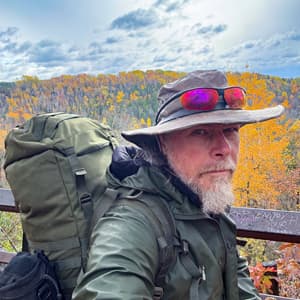
Tim grew up spending summers and much of his spare time in the backwoods of Northern Ontario and has been canoeing, camping and hiking ever since. When not running the Canadian Outdoor Equipment Co., you can find him riding his bike, hiking the Bruce Trail, canoeing, or clearing trails, cutting firewood and testing gear out in the bush.

